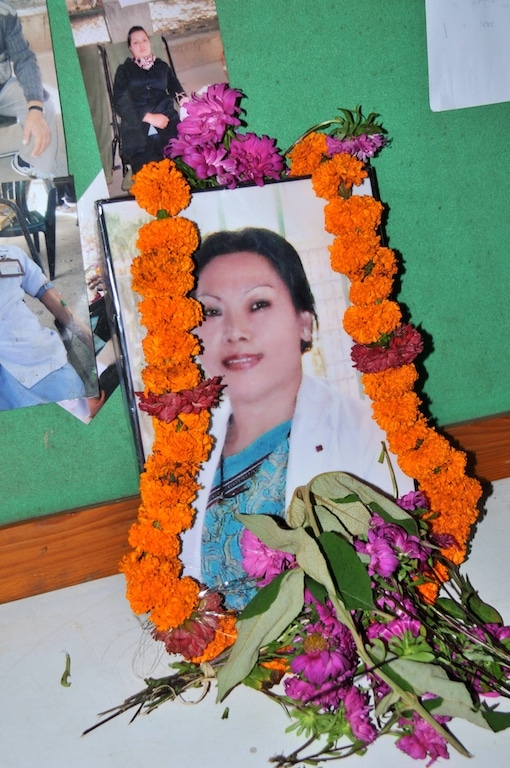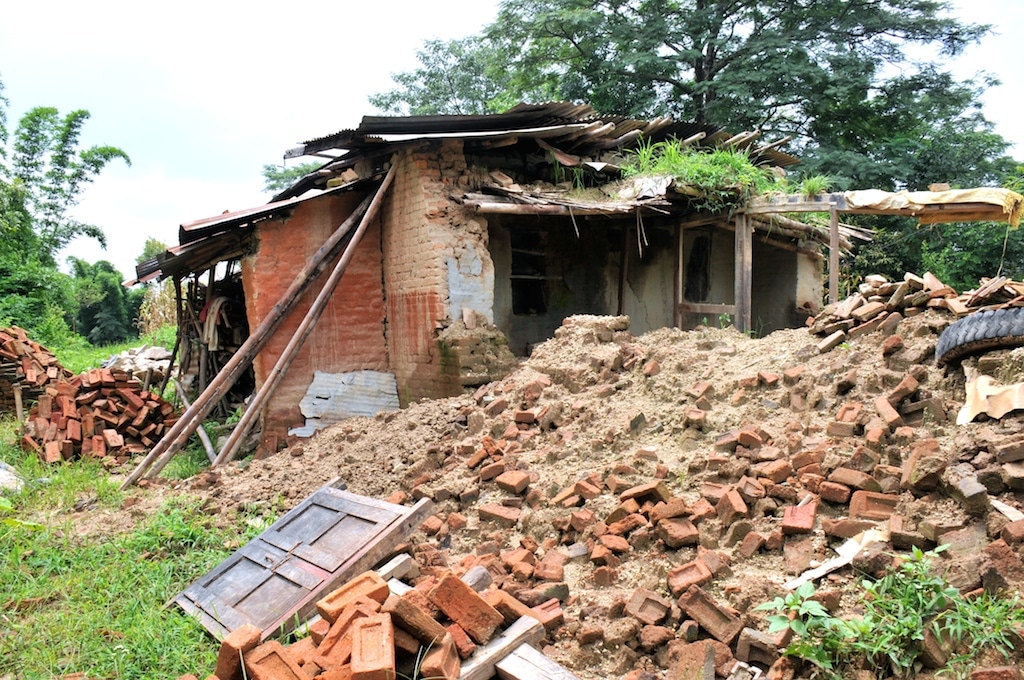Mother’s Day Thought: Sacrifice
Today while attending church with my mother and family, I heard the priest give a homily about what mothers sacrifice in raising children. It starts before mothers raise children, with pregnancy and birth. We give up so much freedom: freedom from having our youthful body, from worry-free nights, and with hemophilia-moms, freedom from worry about our child’s future. Sacrifices of time, money, of the heart. Love is a risk. The biggest risk ever.
Some of the greatest mothers you can ever imagine are those of children with chronic disorders, especially those who live in developing countries. Today, while walking Oslo-dog, I remembered a most remarkable mom of a son with hemophilia. She lived in Nepal.

Nepal is Save One Life’s second partner country. I had first visited Nepal in 1999 and 2000, and saw the dedication and hard work of the then newly born Nepal Hemophilia Society. I believed in the staff, and trusted them. My gut instinct proved correct: they have implemented the program to perfection.
My third visit was just six months after the devastating earthquake of April 25, 2015. I was curious to know how it affected them; what had happened. I wanted to hear their story and assess their needs. On Saturday, April 25, at noon, the tectonic plates under the Himalaya shifted, triggering a massive earthquake registering 7.9 on the Richter scale. For 50 some minutes—an eternity for an earthquake—homes crumbled, buildings collapsed, people were crushed.
More than 9,000 people were killed, and more than 23,000 injured. Continued aftershocks occurred throughout Nepal at intervals of 15–20 minutes, with one shock reaching a magnitude of 6.7 on 26 April.
Eventually everyone, including hemophilia families, lived in tents supplied by the government and relief agencies for months. More than three-quarters of the buildings in Nepal’s capital, Kathmandu, were uninhabitable or unsafe. There were 15 other earthquakes, and a recorded 386 aftershocks as of September 2, 2015, including one during my visit, that very night.
The tally of destruction of the hemophilia community was sobering: out of their known 500 members, 63 homes collapsed. Two mothers dead. One eight-year-old sister dead.
The story that saddened them and me the most was of Sanu Maiya Kapali, mother of a child with hemophilia. Sanu had volunteered at NHS for 10 years, at the care center, helping the children, and consoling the young men in pain.
She was a mother-figure to all.
She was conducting a blood donation camp at a hospital. Blood donations are often done right on the sidewalks, in front of hospitals. This sounds unsanitary and unsafe, but it’s fast and works for advertising as the hospitals are typically clogged with patients, doctors and visitors—all walking by the beds and blood collecting operations. Sanu was outside, collecting blood to help boost the supply of plasma and cryo for the blood bank. Huge slabs of concrete fell from the building during the earthquake. She was killed instantly from falling rubble, along with the two donors she was ministering to. Her photo shows a beautiful woman with a flawless porcelain complexion, dignified smile, gleaming white teeth, arched eyebrows. Aristocratic, kind. She left behind two children, one with hemophilia. Everyone knew her, and her death seems to have left a gaping hole in the strong spirit of the NHS. It was the ultimate motherly sacrifice.

It was Nepal’s second more devastating earthquake in 100 years. Barun confirmed: “You’re the first person from the hemophilia community to visit Nepal. Thank you.”
My small sacrifice in visiting meant a lot to them, but paled in comparison to Sanu. She is a profile in courage and sacrifice, something to think about this Mother’s Day.
Help for hemophilia in Nepal eventually arrived: a factor donation from the WFH, Sweden and Project SHARE. The Mary Gooley Center (twinned with the Bir Hospital) donated $45,000, and Save One Life raised about $15,000, mostly though Facebook.

